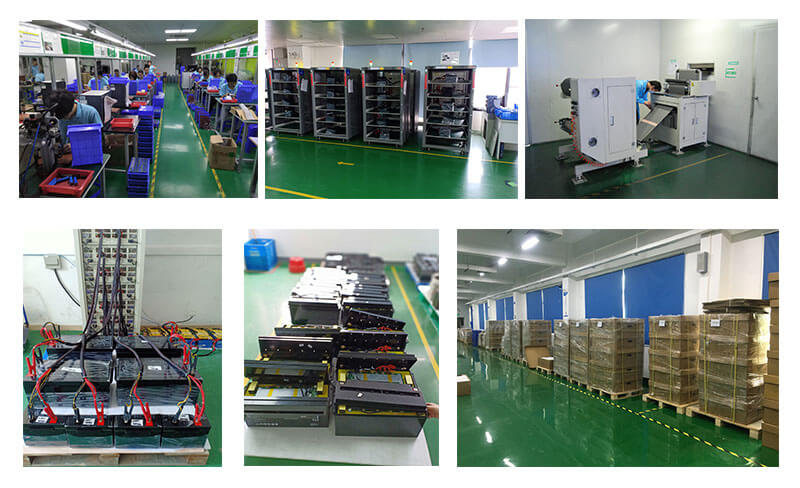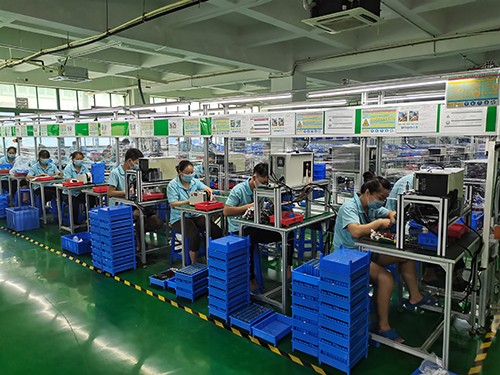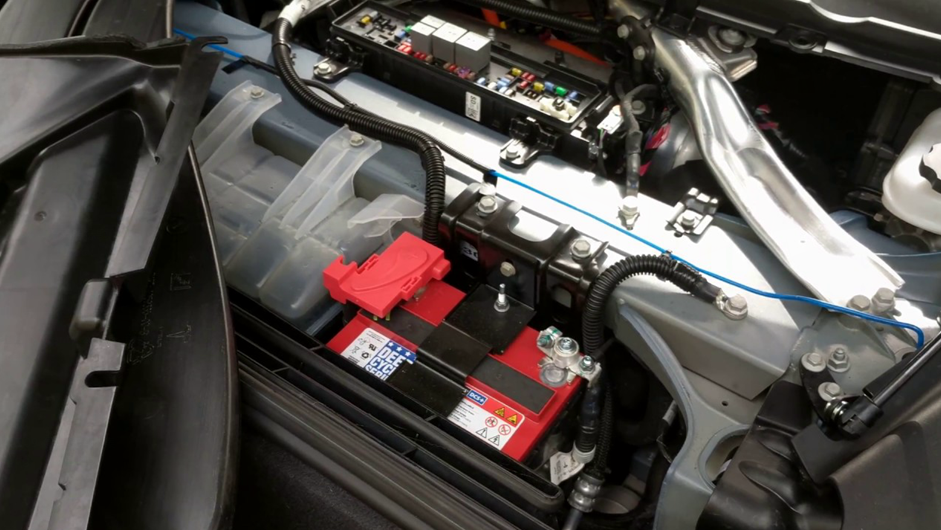how to charge lifepo4 battery
To charge a Lithium Iron Phosphate (LiFePO4) battery, follow these general steps:
Use a charger specifically designed for LiFePO4 batteries, as this type of battery has a different charging profile than other lithium-ion batteries.
Connect the charger to the battery, making sure the polarity is correct.
Set the charger to the appropriate charging voltage and current for your specific battery. This information can usually be found on the battery or in the manufacturer’s documentation.
Charge the battery until it reaches its maximum voltage. For LiFePO4 batteries, the maximum voltage is usually around 3.65 volts per cell.
Disconnect the charger from the battery once it is fully charged.
Store the battery in a cool, dry place until you are ready to use it again.
Note that it is important to follow the manufacturer’s recommended charging procedures and safety precautions to avoid damaging the battery or causing a safety hazard.
lifepo4 battery advantages:
There are several advantages to using a LiFePO4 (Lithium Iron Phosphate) battery:
Safety: LiFePO4 batteries are considered to be one of the safest lithium-ion batteries available. They are much less likely to catch fire or explode compared to other types of lithium-ion batteries, making them a popular choice for electric vehicles and other applications where safety is a top priority.
Long Cycle Life: LiFePO4 batteries have a much longer cycle life compared to other lithium-ion batteries. They can be charged and discharged many times before their capacity starts to degrade. This means they can last much longer than other batteries, making them a more cost-effective option in the long run.
High Energy Density: LiFePO4 batteries have a high energy density, which means they can store a lot of energy in a small and lightweight package. This makes them ideal for use in portable devices, electric vehicles, and other applications where weight and size are important factors.
Wide Temperature Range: LiFePO4 batteries can operate in a wide temperature range without the need for external heating or cooling. They can operate in temperatures as low as -20°C and as high as 60°C, making them suitable for use in a variety of environments.
Low Self-Discharge: LiFePO4 batteries have a very low self-discharge rate, meaning they can hold their charge for long periods of time without needing to be recharged. This makes them a good choice for applications where the battery may not be used for extended periods of time.
-
 Choosing the right starter battery supplier is essential to ensure that you have access to high-quality products that meet your specific needs. With so many options available, it can be overwhelming to know where to start. Here are some key factors to consider when selecting a starter battery supplier for your needs: Quality: The quality of the starter batteries...Read more
Choosing the right starter battery supplier is essential to ensure that you have access to high-quality products that meet your specific needs. With so many options available, it can be overwhelming to know where to start. Here are some key factors to consider when selecting a starter battery supplier for your needs: Quality: The quality of the starter batteries...Read more -
 In recent years, there has been a growing demand for more efficient and reliable battery solutions, especially in the automotive industry. Lithium starter batteries have emerged as a popular choice for their compact size, lightweight, and high energy density. In this article, we will explore the benefits and applications of lithium starter batteries. Firstly, let's define what a starter...Read more
In recent years, there has been a growing demand for more efficient and reliable battery solutions, especially in the automotive industry. Lithium starter batteries have emerged as a popular choice for their compact size, lightweight, and high energy density. In this article, we will explore the benefits and applications of lithium starter batteries. Firstly, let's define what a starter...Read more -
 Why Choose Lifepo4 Battery Lithium iron phosphate battery, commonly known as LiFePO4 battery, also known as LFP battery ("LFP" stands for "lithium iron phosphate"), is a lithium-ion battery with lithium iron phosphate as the positive electrode material. Because the lithium iron phosphate material is more durable, safe, and fast charging, the Lifepo4 battery pack has at least five advantages: 1...Read more
Why Choose Lifepo4 Battery Lithium iron phosphate battery, commonly known as LiFePO4 battery, also known as LFP battery ("LFP" stands for "lithium iron phosphate"), is a lithium-ion battery with lithium iron phosphate as the positive electrode material. Because the lithium iron phosphate material is more durable, safe, and fast charging, the Lifepo4 battery pack has at least five advantages: 1...Read more -
 Introduction: In recent years, there has been a growing demand for high-performance batteries that can provide extended power for various applications. The High Capacity 12V LiFePO4 Battery, with its impressive 100Ah power, has emerged as a reliable solution. This article aims to explore the features and benefits of this advanced battery technology, highlighting its potential applications and advantages. 1....Read more
Introduction: In recent years, there has been a growing demand for high-performance batteries that can provide extended power for various applications. The High Capacity 12V LiFePO4 Battery, with its impressive 100Ah power, has emerged as a reliable solution. This article aims to explore the features and benefits of this advanced battery technology, highlighting its potential applications and advantages. 1....Read more -
 As technology continues to advance, our reliance on portable devices grows. Keeping these devices charged and ready to use has become an important part of daily life. This is where the 12V LiFePO4 battery comes in handy. This type of battery is designed to provide safe and efficient power to your devices. LiFePO4 batteries are known for their safety...Read more
As technology continues to advance, our reliance on portable devices grows. Keeping these devices charged and ready to use has become an important part of daily life. This is where the 12V LiFePO4 battery comes in handy. This type of battery is designed to provide safe and efficient power to your devices. LiFePO4 batteries are known for their safety...Read more -
 In today's technologically advanced world, industrial power products batteries play a crucial role in powering the backbone of modern industries. These batteries are not only essential for providing a reliable source of power but also contribute to enhancing efficiency, productivity, and sustainability. Industrial power products batteries are specifically designed to meet the demanding power needs of various industries, including...Read more
In today's technologically advanced world, industrial power products batteries play a crucial role in powering the backbone of modern industries. These batteries are not only essential for providing a reliable source of power but also contribute to enhancing efficiency, productivity, and sustainability. Industrial power products batteries are specifically designed to meet the demanding power needs of various industries, including...Read more -
 Introduction With the increasing demand for renewable energy sources, the need for efficient and reliable energy storage technology has become crucial. Energy storage systems play a vital role in managing the intermittent nature of renewable energy sources such as solar and wind power. In recent years, lithium batteries have emerged as a promising solution for energy storage in power...Read more
Introduction With the increasing demand for renewable energy sources, the need for efficient and reliable energy storage technology has become crucial. Energy storage systems play a vital role in managing the intermittent nature of renewable energy sources such as solar and wind power. In recent years, lithium batteries have emerged as a promising solution for energy storage in power...Read more

